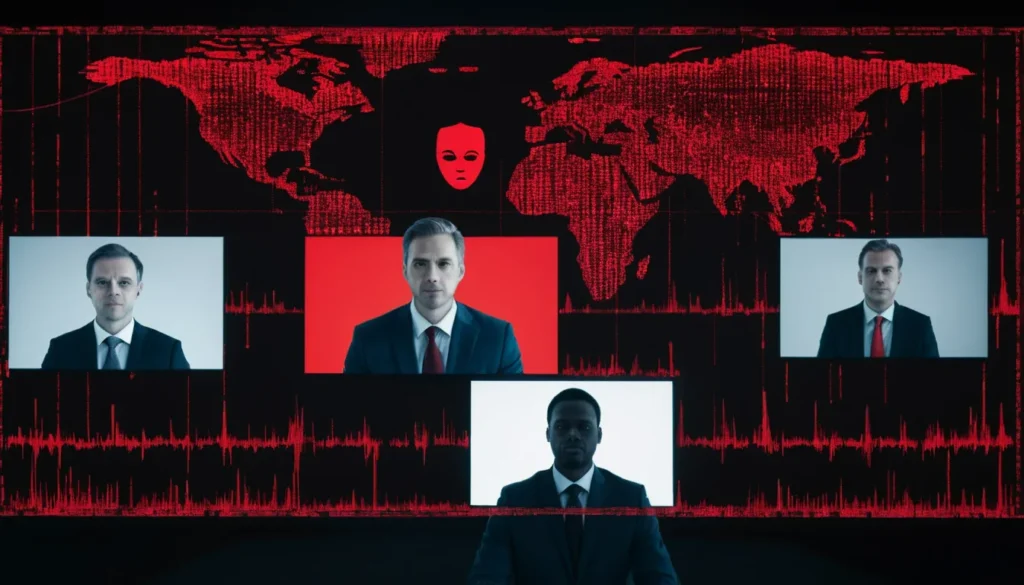Overview
In a chilling example of AI misuse, cybercriminals used deepfake audio technology to impersonate a company executive, successfully tricking a Hong Kong-based multinational into transferring $25 million. The incident highlights growing concerns about the weaponization of synthetic media in financial fraud.
Key Facts
- Attackers used AI-generated audio deepfakes to mimic the voice of a company’s CFO.
- The scam led to a $25 million wire transfer from the company’s Hong Kong branch.
- The criminals impersonated multiple executives in a simulated video conference call.
- The company realized the fraud only after the money had been sent.
- Hong Kong police are currently investigating, with assistance from international law enforcement.
- The exact identity of the attackers remains unknown.
What’s Verified and What’s Still Unclear
Verified:
- Deepfake audio and video were used to impersonate company leadership.
- $25 million was transferred during the scam.
- Hong Kong police have confirmed the incident.
Unclear:
- The full extent of internal security failures.
- The origin of the perpetrators—though speculation suggests a sophisticated cybercrime group.
- Whether insider assistance was involved.
Timeline of Events
- Early 2024: Attackers begin collecting voice and video samples of company executives from online sources.
- Mid 2024: Company employees receive emails requesting a confidential transaction.
- Late 2024: A video call takes place featuring AI-generated deepfake visuals and voices.
- Shortly After: $25 million is transferred as requested in the meeting.
- Following Days: Discrepancies are noted, and the fraud is discovered.
- Present: Investigation ongoing with help from international cybersecurity units.
Who’s Behind It?
While no group has officially claimed responsibility, cybercrime experts suspect a well-funded, organized cybercriminal syndicate, possibly with ties to state-sponsored actors. The complexity of the deepfake production suggests professional-level AI tools and extensive pre-attack research.
Public & Industry Response
- Cybersecurity experts have called the attack “a wake-up call” for corporate fraud prevention.
- Regulators are urging businesses to revise authentication and approval workflows.
- Social media users expressed shock and concern over how realistic deepfakes have become.
- Many firms are now conducting emergency audits of their payment verification processes.
What Makes This Attack Unique?
Unlike previous phishing or voice scams, this attack used a multi-person deepfake video call, not just a single voice clip. It exploited remote work culture and the trust placed in digital meetings, elevating the level of deception beyond traditional social engineering.
Understanding the Basics
What is a Deepfake?
A deepfake is synthetic media created using artificial intelligence that mimics the appearance or voice of a real person. While often used for entertainment or satire, deepfakes can be exploited for identity theft, fraud, and disinformation.
What Happens Next?
The company is now cooperating with cybersecurity experts and authorities to trace the funds and identify the perpetrators. This incident is expected to influence corporate security policies worldwide, with more organizations likely to implement multi-channel authentication and AI deepfake detection systems.
Summary
This $25 million deepfake scam underscores the growing threat posed by AI-driven deception. As synthetic media tools become more accessible, businesses must evolve their security protocols. Human trust, once a strong defense, can now be mimicked with alarming accuracy.
